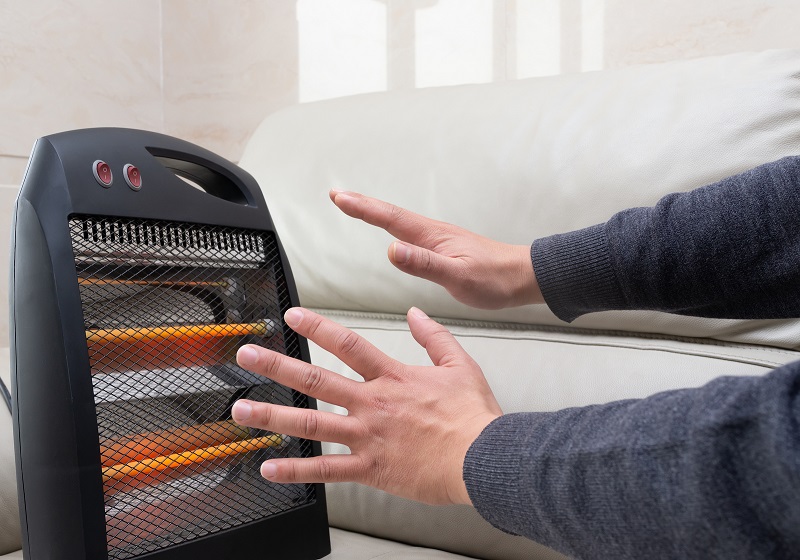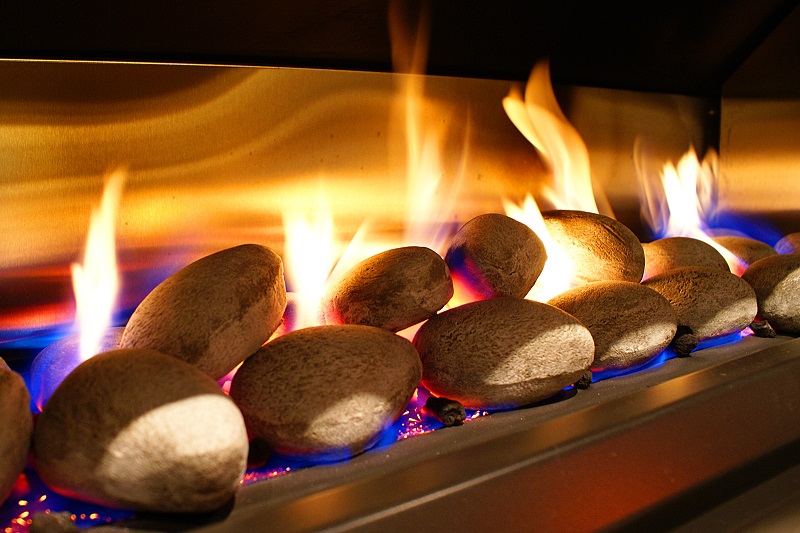When choosing heating for your home, consider the amount of heating you need, upfront and running costs and environmental impacts of each different option. Here’s a quick overview to help you choose the right solution to suit your home, and all who live there.
Electric heaters

Electricity provides energy for portable and fixed convective heaters, radiant panels and bar heaters, bathroom light heaters, oil-filled column heaters, heat pumps and embedded floor heating cables. Electric heating converts 100% of the energy used to heat. When fan assisted, it also distributes heat efficiently.
Advantages:
- readily available
- no emissions in the home
- output is controllable
- can be targeted with portable and free-standing units
- convenient and easy to use
- low initial costs
- low maintenance
- may be powered using a renewable source
- efficiencies range from 100% (radiant heater) to over 500% (some heat pumps).
Disadvantages:
- may be costly to run, and costs will continue to rise as electricity prices rise
- can have negative environmental impacts
Heat pumps

Air-to-air heat pumps use refrigerant to absorb heat from outside a building and transfer it inside, via a heat exchanger. Heat pumps use electricity to move heat around, but not to generate it.
The key advantage of heat pumps is their high efficiency at converting energy to heat. A heat pump will provide the same amount of heating with much lower energy input than a standard electric or gas heater.
Heat pumps are also responsive, providing heat relatively quickly when it is needed. Some can be controlled with a smartphone app using WIFI.
Advantages:
- They can provide cooling as well as heating
- Highly efficient method of space heating.
Disadvantage:
- Relatively high up-front costs
Gas heaters

Gas can be used as an energy source for a number of heating options including radiant and convective in-room heaters, ducted hot air systems and for heating water for hot water heating systems.
Advantages:
- approximately 80% of the energy used is converted into heat
- radiant heaters can provide the aesthetics of an open flame
- gas heaters can provide high heat output relatively quickly
- gas convective heaters can be thermostatically controlled
Disadvantages:
- burning fossil fuels
- by-products of combustion must be vented outside
- reticulated gas may not be available
- initial installation costs are higher than for electricity
- there may be issues with security of supply for gas in the future.
Solid fuel heating

Solid fuels for heating include wood pellets, wood, and coal. They may be used for direct heating of spaces or to heat water for hot water heating systems. Wood in particular is a popular option – the 2013 census found that 36% of New Zealand households use wood to heat their homes.
The cleanest solid fuel burners are ultra-low emission burners (ULEBs) that burn wood or wood pellets.
For solid fuel consumed within a closed firebox burner, around 55–80% of the energy from the fuel is converted into heat, compared with open fires, where around 15–30% of the energy is converted into heat. In many parts of New Zealand, open fires are no longer permitted.
Advantages:
- the aesthetics of a flame
- can provide high heat output
- may be able provide water heating (e.g. wetbacks)
- many people have access to free or cheap firewood.
Disadvantages:
- by-products of combustion must be vented outside
- depending on the fuel used, toxic emissions and smoke released into the atmosphere
- a source of (cheap) wood is not always available
- control over heat output rate and therefore temperature is limited with wood burners
- can be difficult to achieve efficient heat distribution from a single source
- maintenance is required (ash removal, cleaning of flues)
- pellet burners can be expensive to purchase and install – typically $4k – $11k – and they require electricity to control the thermostat so in the event of a power cut, the pellet burner will not operate
- wood burners must comply with the National Environmental Standards for Air Quality
Solar heating

Solar heaters use solar radiation to heat water that circulates through radiators, or an air supply coil, or air, for direct supply to internal spaces.
Solar heating is highly efficient, as energy is generally only consumed to operate a water pump, refrigerant pump, or air fan.
However, for some forms of solar heating, the heat capacity can vary, and heat is only available when the sun is out – not necessarily when heating is needed.
For more interesting articles, industry tips and expert know-how from the Auckland Home Show subscribe here!



